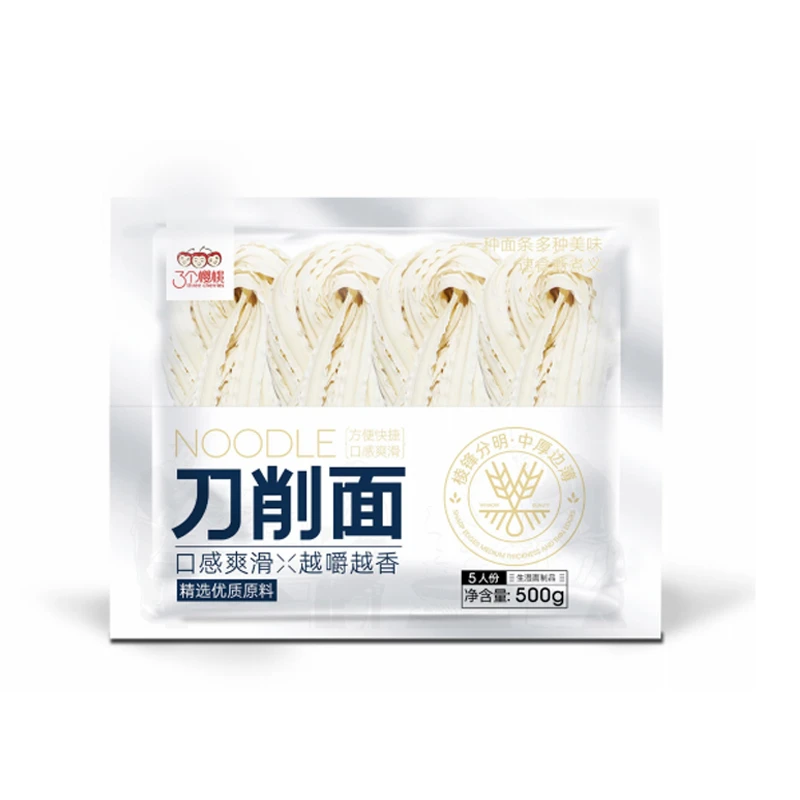udon soba noodles difference
The Difference Between Udon and Soba Noodles
Noodles are a staple in many cultures, but few can match the unique qualities and flavors of Japanese noodles, particularly udon and soba. Both are widely enjoyed in Japan and across the globe, but they are distinct in terms of ingredients, texture, flavor, and culinary applications. Understanding these differences not only enhances one’s culinary knowledge but also enriches the dining experience.
Ingredients and Preparation
Udon and soba differ fundamentally in their ingredients. Udon noodles are made primarily from wheat flour, water, and salt. The dough is kneaded until smooth, rolled out, and cut into thick strands, resulting in a chewy texture. Due to their high gluten content, udon noodles are generally thicker and softer than their soba counterparts, which gives them a unique mouthfeel that many find comforting.
On the other hand, soba noodles are primarily made from buckwheat flour, and they may sometimes contain a small percentage of wheat flour to enhance elasticity. Buckwheat is naturally gluten-free, making soba a suitable option for those with gluten sensitivities (although not all soba noodles are gluten-free, as some contain wheat). Soba has a more earthy flavor profile, and its thinner, flat strands lend it a distinct texture that differs significantly from udon.
Texture and Flavor
When you cook these noodles, the difference in texture becomes even more apparent. Udon noodles, when boiled, become bouncy and chewy. This hearty texture makes them ideal for slurping and pairing with rich, flavorful broths. The mild flavor of udon allows it to absorb the tastes of accompanying ingredients and sauces, making it a versatile option in various dishes.
udon soba noodles difference

Soba, by contrast, has a denser, somewhat grainy texture. When prepared properly, soba noodles retain a slight firmness, or al dente, feel, which is often preferred in cold dishes. In terms of flavor, soba has a nuttier and more pronounced taste due to the buckwheat, which can sometimes be enhanced with dipping sauces made from soy sauce, mirin, and other ingredients that complement its unique profile.
Culinary Applications
The culinary applications of udon and soba are diverse, showcasing their versatility across various dishes. Udon is often served hot in soups, such as the classic kitsune udon, featuring a flavorful dashi broth with toppings like fried tofu. It can also be enjoyed in stir-fries or chilled with dipping sauces during the summer months.
Soba noodles, while also delicious in soups, shine in cold dishes. A popular way to enjoy soba is as zaru soba, where the cold, cooked noodles are served on a bamboo tray with a side of dipping sauce. This method highlights the flavor of the buckwheat and is particularly refreshing in warm weather. Soba is also used in salads and paired with a variety of vegetables and proteins.
Cultural Significance
Both udon and soba carry cultural significance in Japan. Udon is often associated with comfort food, evoking feelings of warmth and home, making it a popular choice for family gatherings and cozy meals. Soba, particularly eaten at New Year’s celebrations, symbolizes longevity and prosperity, making it more than just a dish but a tradition filled with meaning.
In conclusion, while udon and soba noodles share the commonality of being beloved staples in Japanese cuisine, they are distinct in many ways—ingredients, texture, flavor, and culinary uses all set them apart. Whether you prefer the chewy, comforting nature of udon or the nutty, multifaceted profile of soba, understanding these differences allows for a more profound appreciation of Japanese gastronomy. Next time you find yourself at a Japanese restaurant or attempting to make homemade noodles, consider the unique qualities of udon and soba to elevate your culinary experience.
-
fast-cook-noodles-convenient-staples-for-modern-lifestylesNewsAug.23,2025
-
italian-noodles-versatile-staples-of-global-cuisineNewsAug.23,2025
-
italian-noodles-a-timeless-culinary-heritageNewsAug.23,2025
-
instant-cold-noodles-a-refreshing-culinary-convenienceNewsAug.23,2025
-
buckwheat-noodles-the-art-and-nutrition-of-handmade-sobaNewsAug.23,2025
-
low-calorie-soba-noodles-a-nutritious-choice-for-healthy-eatingNewsAug.23,2025
-
The Wholesome Delight of Organic NoodlesNewsAug.15,2025
Browse qua the following product new the we







